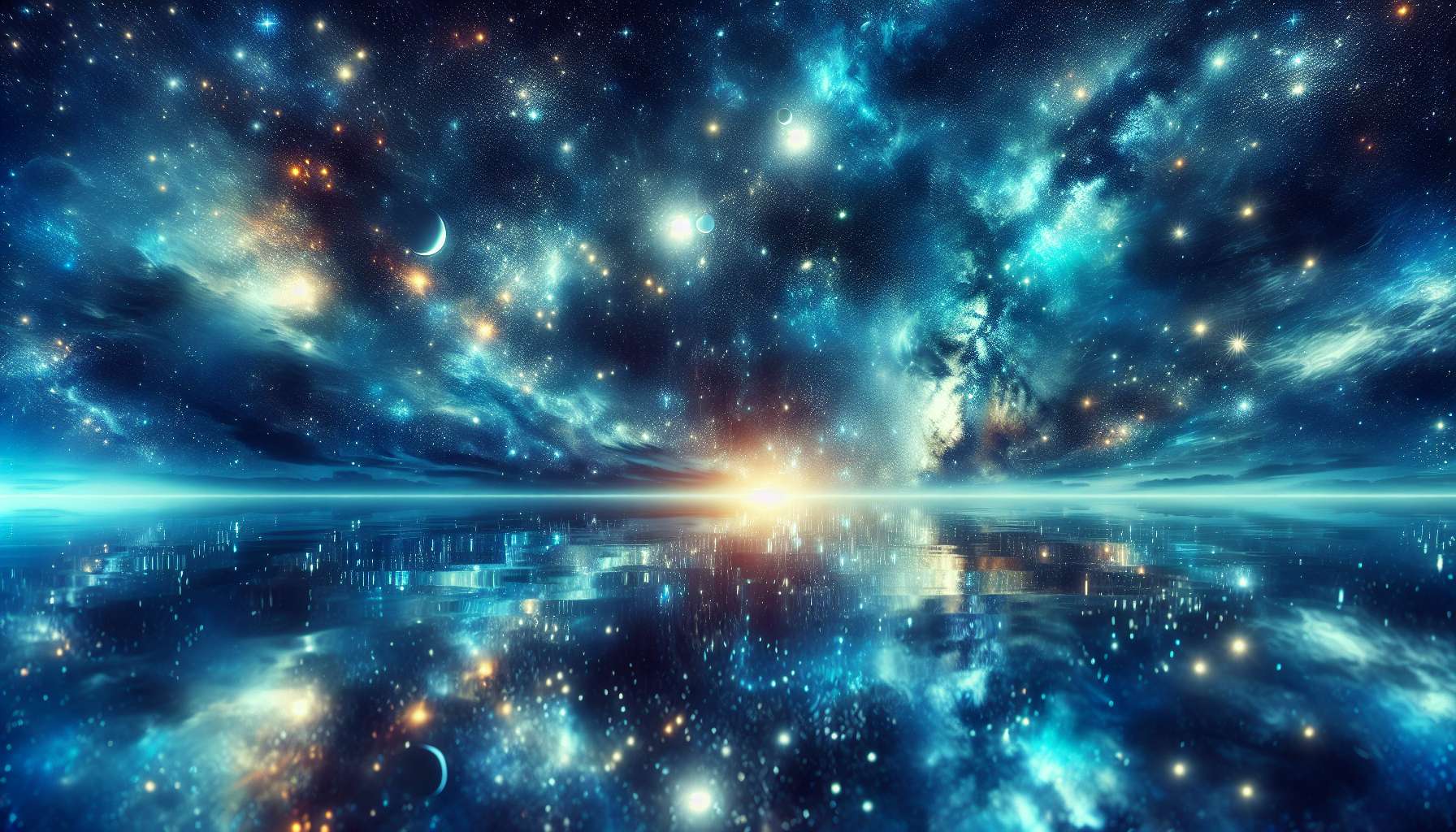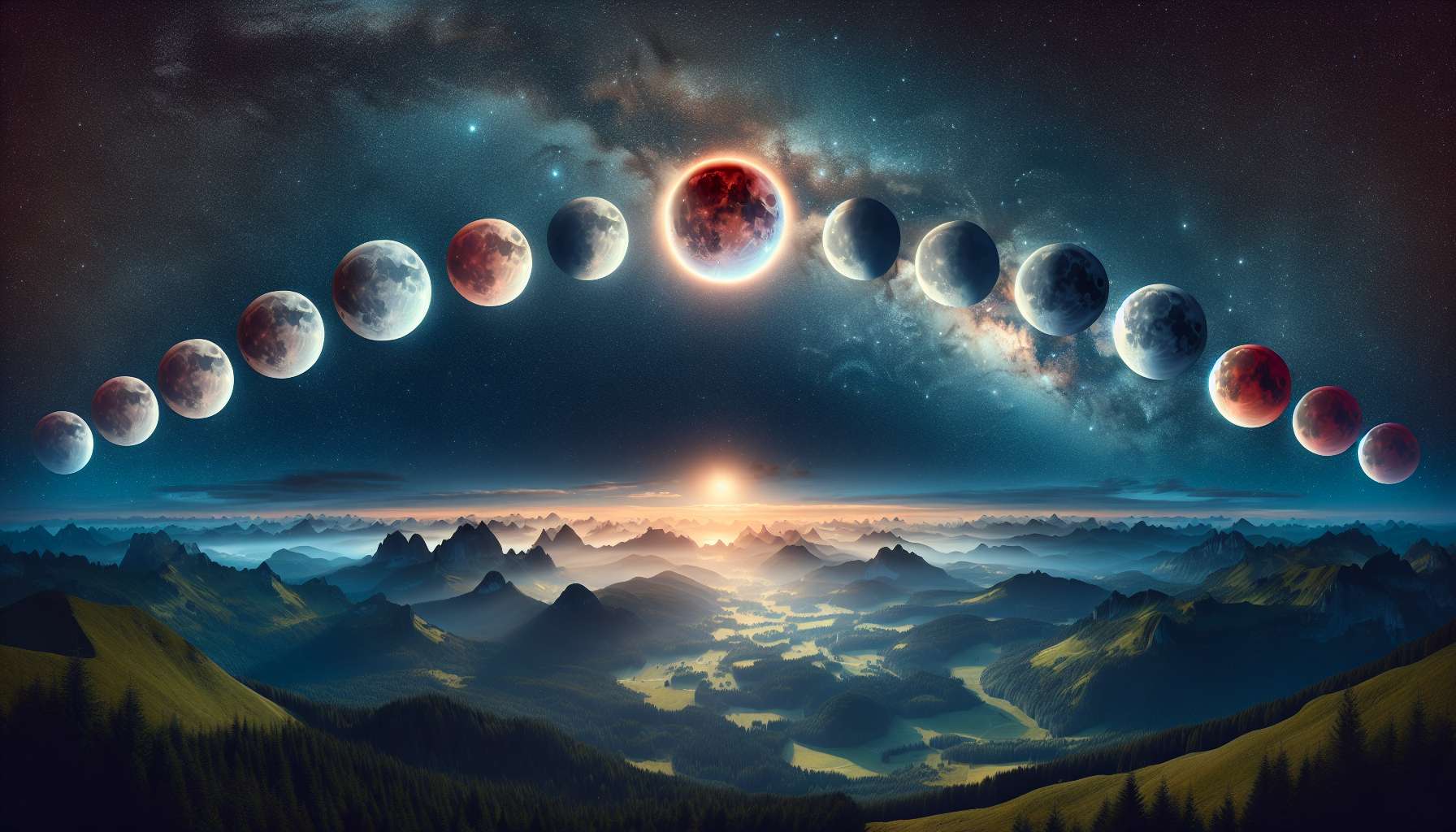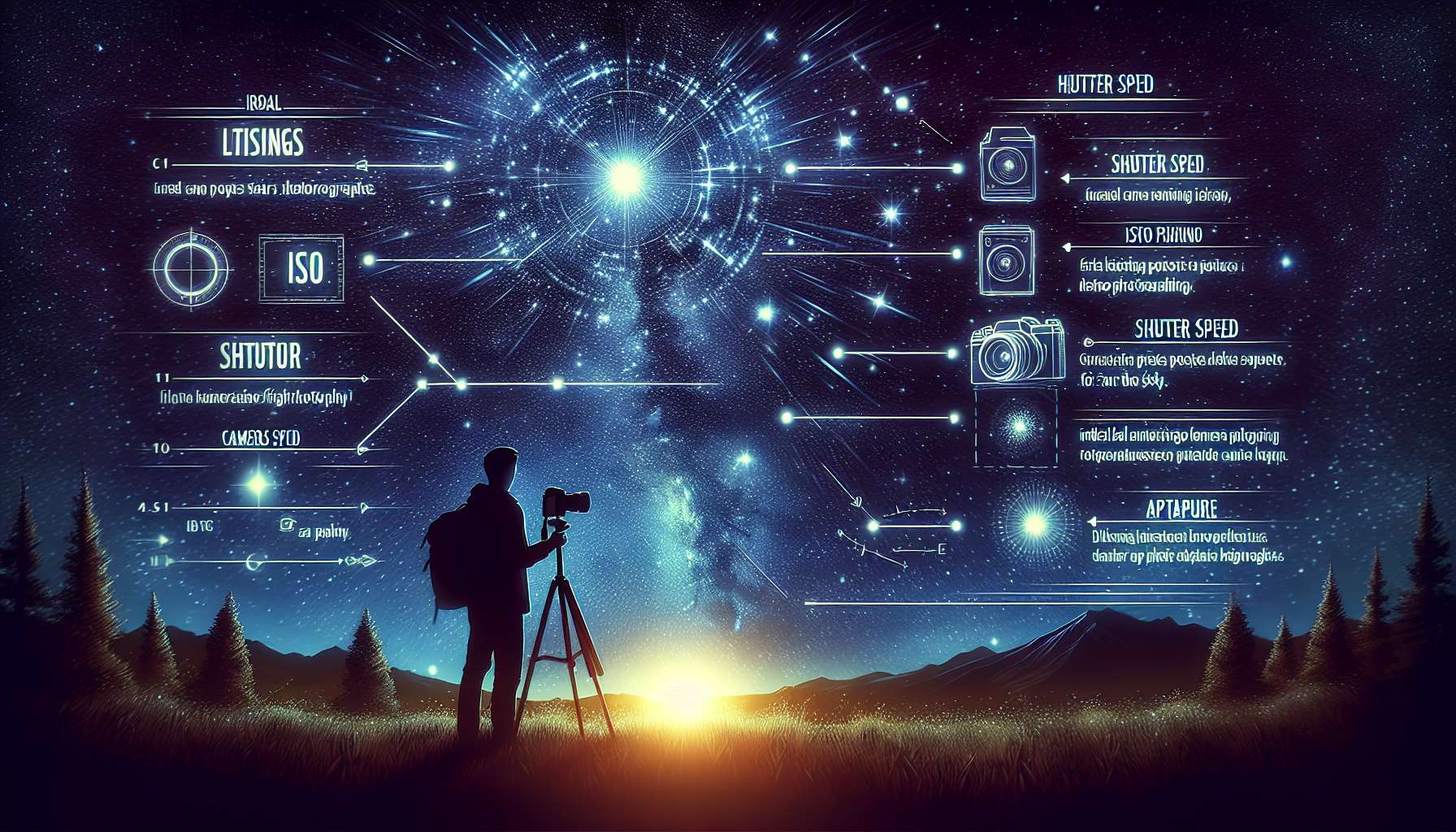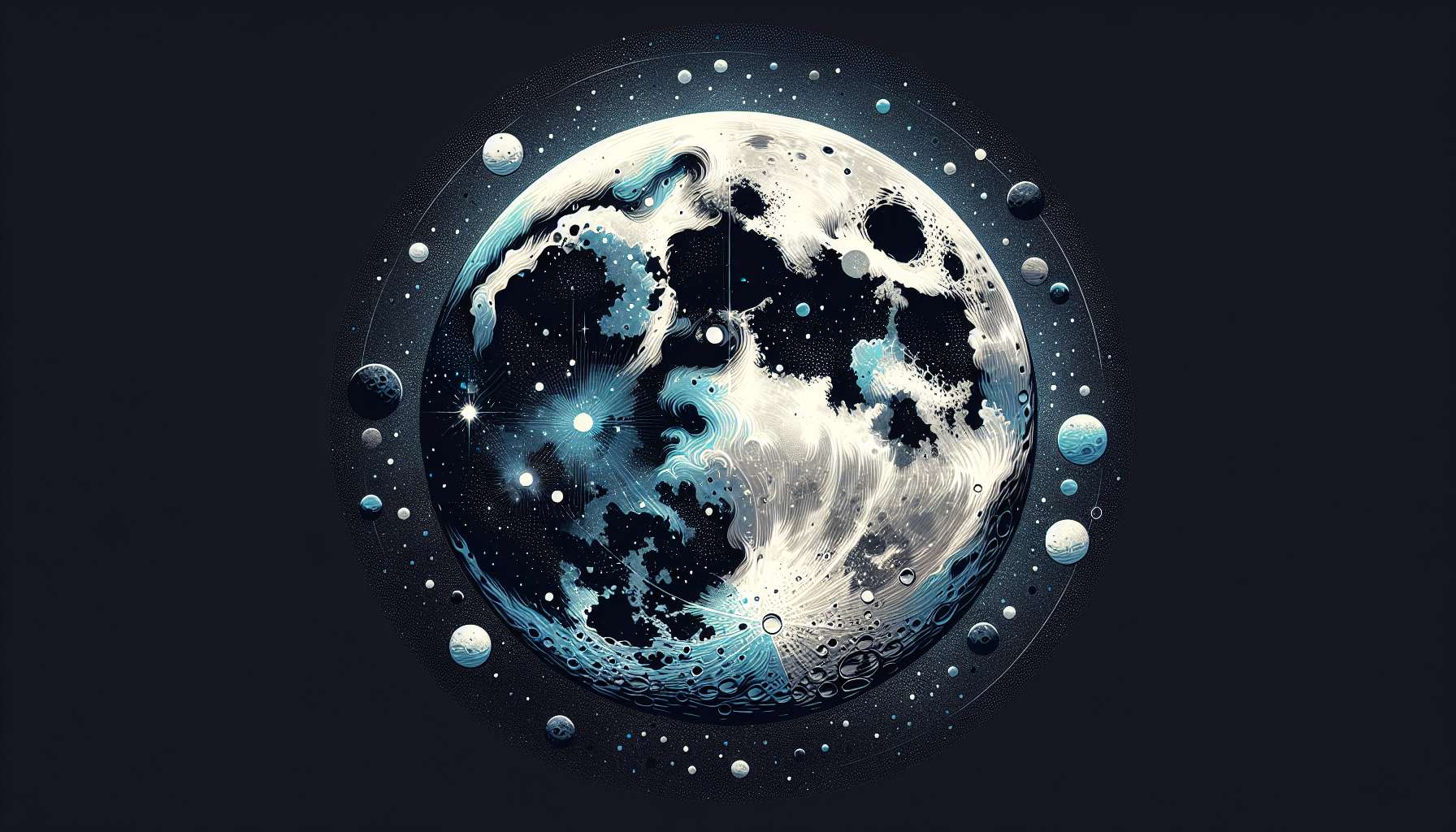Astral Reflections in Art: Exploring the Cosmic Connection
Art has always been a medium through which humans express their deepest emotions, thoughts, and beliefs. From the ancient cave paintings to the modern abstract masterpieces, art has served as a mirror reflecting the human experience. However, there is a subset of art that delves into a realm beyond our physical reality – astral reflections. In this article, we will delve into the fascinating world of astral reflections in art, exploring the cosmic connection that artists have been tapping into for centuries.
The History of Astral Reflections in Art
Throughout history, artists have been inspired by the mysterious and awe-inspiring cosmos. From the celestial bodies to the vast expanses of the universe, the stars, planets, and galaxies have captivated the human imagination. The concept of astral reflections in art can be traced back to ancient civilizations such as the Egyptians, Greeks, and Mayans, who depicted celestial bodies in their art and architecture.
One of the most famous examples of astral reflections in art is Vincent van Gogh’s iconic painting “Starry Night.” This masterpiece, painted in 1889, captures the swirling night sky above the French village of Saint-Rmy-de-Provence. Van Gogh’s expressive brushstrokes and vibrant colors convey a sense of movement and energy, evoking the cosmic forces at play in the universe.
The Symbolism of Astral Reflections in Art
When artists incorporate astral reflections into their work, they often do so with a specific purpose in mind. The stars, planets, and other celestial phenomena are rich in symbolism and meaning, representing concepts such as spirituality, interconnectedness, and the infinite nature of the universe.
For example, in Alphonse Mucha’s Art Nouveau posters, the use of celestial motifs such as stars and moons symbolizes the artist’s belief in the harmony between nature and humanity. Mucha’s intricate designs and flowing lines create a sense of movement and rhythm, reflecting the cosmic dance of the universe.
The Influence of Astral Reflections on Art Movements
Throughout art history, astral reflections have played a significant role in shaping various art movements. From the Romantic era’s fascination with the sublime to the Surrealists’ exploration of the unconscious mind, artists have drawn inspiration from the cosmos to create powerful and evocative works of art.
One of the most notable examples of astral reflections in art movements is the Op Art movement of the 1960s. Artists such as Victor Vasarely and Bridget Riley created mesmerizing optical illusions using geometric shapes and patterns, evoking the sense of vastness and infinity found in the cosmos.
The Role of Technology in Astral Reflections in Art
With the advent of new technologies such as virtual reality and digital art, artists have been able to explore astral reflections in innovative and groundbreaking ways. Virtual reality experiences allow viewers to immerse themselves in stunning cosmic landscapes, while digital artists can create intricate and intricate worlds that push the boundaries of traditional art forms.
One artist who has embraced technology to create mesmerizing astral reflections in art is Refik Anadol. Using data-driven algorithms and machine learning techniques, Anadol creates stunning visualizations that blur the line between art and technology. His work challenges the viewer to rethink their perception of the cosmos and the role of art in reflecting our place in the universe.
The Controversies Surrounding Astral Reflections in Art
While astral reflections in art have captivated audiences and artists alike, there are controversies surrounding the authenticity and meaning of such works. Some critics argue that artists who incorporate celestial motifs into their art are simply following trends or seeking to capitalize on popular themes, rather than expressing genuine emotions or beliefs.
Additionally, the commercialization of astral reflections in art has raised questions about the true intentions of artists and the impact on the art market. As collectors and galleries seek out works that align with popular trends, some artists may feel pressured to create art that appeals to a mass audience, rather than staying true to their artistic vision.
Expert Opinions on Astral Reflections in Art
Renowned art historian Dr. Sarah Thompson believes that astral reflections in art offer a unique perspective on the human experience and our place in the universe. According to Dr. Thompson, artists who incorporate celestial motifs into their work are tapping into a universal language that transcends cultural and temporal boundaries, connecting viewers to a sense of awe and wonder.
Artist and philosopher Dr. James Reynolds, on the other hand, argues that astral reflections in art are a form of visual storytelling that allows artists to communicate complex ideas and emotions in a way that words cannot. Dr. Reynolds believes that by exploring the cosmos through art, we can gain a deeper understanding of ourselves and our place in the universe.
Common Misconceptions About Astral Reflections in Art
One common misconception about astral reflections in art is that they are limited to traditional mediums such as painting and sculpture. In reality, artists have been exploring the cosmos through a wide range of mediums, including photography, video art, and installation art. By pushing the boundaries of traditional art forms, artists are able to create immersive and transformative experiences for viewers.
Another misconception is that astral reflections in art are purely decorative and lack depth or meaning. In fact, many artists use celestial motifs to convey complex ideas and emotions, such as the interconnectedness of all living beings or the impermanence of existence. By engaging with astral reflections in art, viewers can explore profound philosophical and spiritual concepts in a visual and visceral way.
Conclusion
In conclusion, astral reflections in art offer a unique and powerful way for artists to explore the cosmos and our place in it. From ancient civilizations to modern digital artists, the concept of astral reflections has captivated the human imagination and inspired countless works of art. By delving into the symbolism, history, and controversies surrounding astral reflections in art, we can gain a deeper appreciation for the profound connection between art and the cosmos.
As we continue to push the boundaries of traditional art forms and embrace new technologies, the possibilities for astral reflections in art are endless. Whether through virtual reality experiences, data-driven visualizations, or immersive installations, artists are finding new ways to engage with the cosmos and create transformative experiences for viewers. In a world that is increasingly disconnected from the natural world and the cosmos, astral reflections in art offer a powerful reminder of our place in the universe and the beauty that surrounds us.




